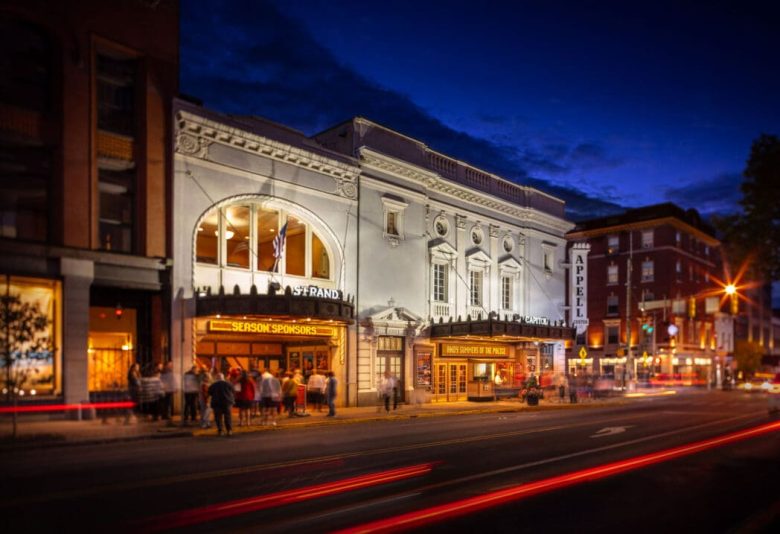YORK, Pa. — A century ago, crowds in evening wear lined up along George Street to step inside a brand-new palace of marble floors, velvet drapes, and a chandelier weighing more than a ton. On August 27, 1925, the Strand Theatre opened its doors to vaudeville acts and silent films.
Why Now
The Strand, now part of the Appell Center for the Performing Arts, kicks off a yearlong centennial celebration with Broadway productions, concerts by artists like the Wallflowers, a performance from comedian Jay Leno, and a free community day with the theatrical rock troupe Squonk on Sept. 13.
The anniversary offers a chance to look back at the venue’s resilience—surviving closure in the 1970s, a multimillion-dollar rescue effort, and ongoing transformations to keep pace with modern audiences.
A Community That Wouldn’t Let Go
The Strand closed in 1976 amid financial struggles and downtown decline. Rather than watch a landmark fall, York residents launched a grassroots “Save Our Theaters” campaign. Within two years, more than $1 million was raised to restore the Strand and its sister venue, the Capitol Theatre. The Strand reopened in 1980 with a marquee performance by Ella Fitzgerald and the York Symphony Orchestra.
Growth Into a Regional Powerhouse
Renovations in the early 2000s expanded the stage, added a balcony, and upgraded technology, turning the Strand into a Broadway-ready venue while retaining its ornate Italian Renaissance style. Since then, the stage has hosted Tony Bennett, John Legend, Bernadette Peters, Chris Cornell, and countless Broadway tours.
What’s Ahead
The centennial season blends nostalgia and fresh energy. Alongside marquee names, the Appell Center is planning youth programs, symphony collaborations, and outreach designed to keep the Strand a hub for both high-profile acts and first-time performers.
Why It Matters
The Strand’s survival is a story of civic pride. Its centennial underscores how arts institutions can anchor downtown revitalization, foster shared experiences, and carry history forward for new generations.

